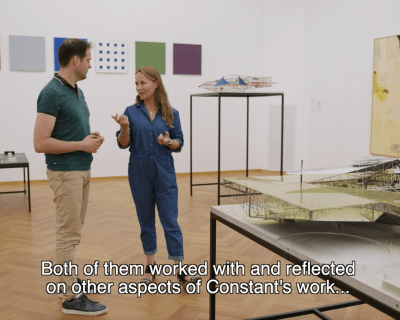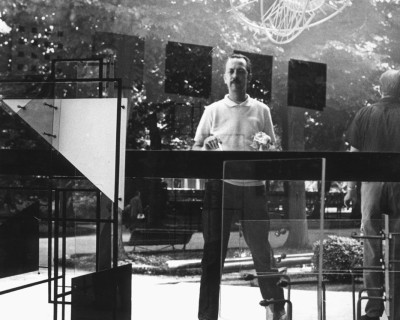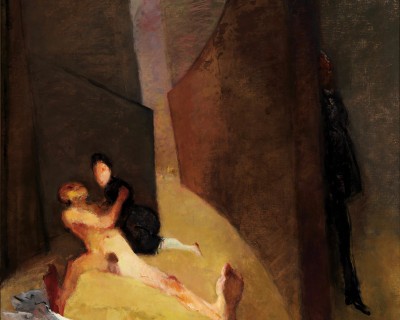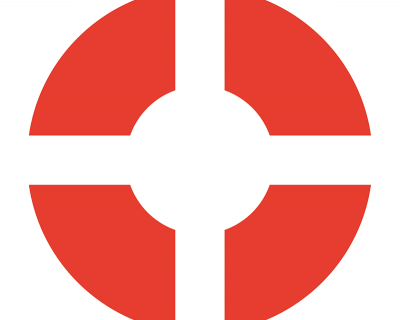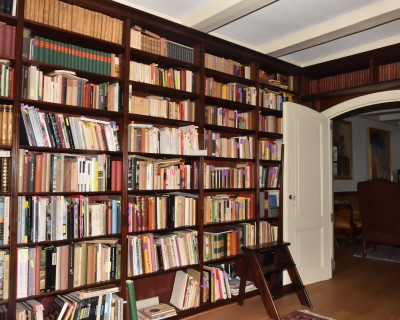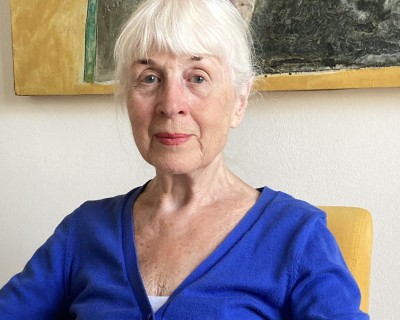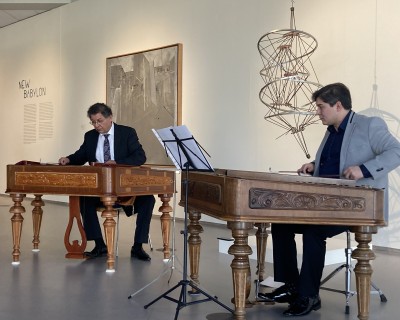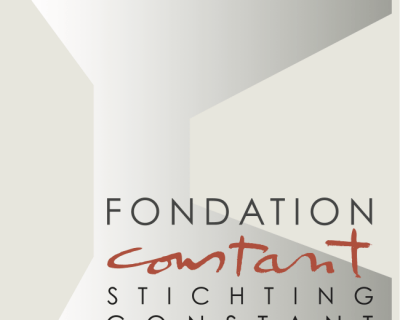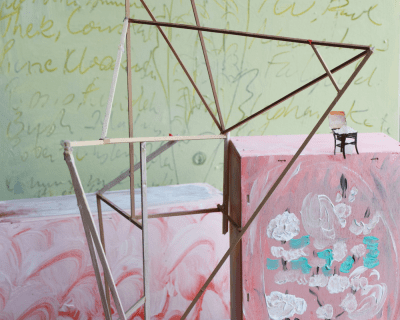Constant: religie, protest en idealisme
Partner
Theme
Image

Description
Image
Description
Image

Description
Image
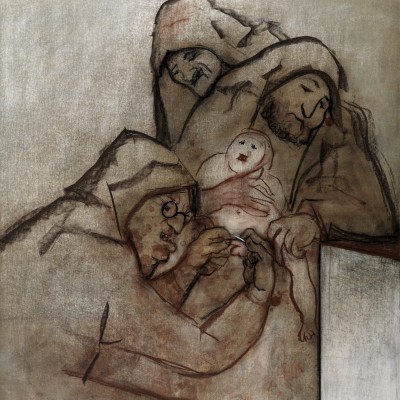
Description
When you think of Constant and his work, religion is not the first word that pops up. However unlikely, religion was one of the first themes in Constant’s early works and reappears in his later work. His relation to faith will be explored through several key works in the exhibition Constant: Religion, Protest and Idealism at Museum Krona in Uden from March 19th till May 22nd, 2022. This exhibition is linked to the exhibition Het Laatste Avondmaal. Van Davinci tot Mamedov which runs from March 5th till May 15th.
Involved partners
Image
Description
Image
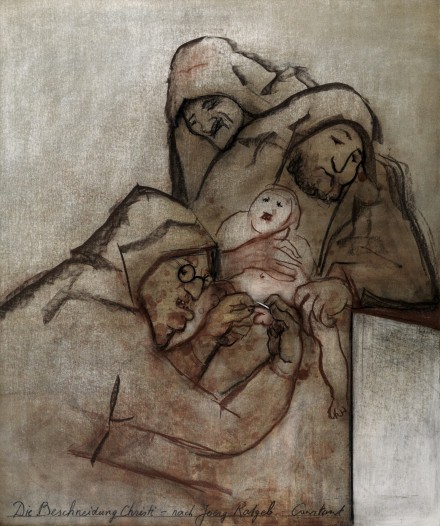
Description
Religion, Protest en Idealism
Constant grew up in a Catholic environment and attended Saint Ignatius College, a Jezuit college in Amsterdam. In 1936 he paints his first oil painting “The Emmaus Travellers”. Pietas and crucifixions follow. Not much later, however, he distances himself from the church and during WW II there is a definite break.
Religious themes make way for social engagement, activism and idealism. His belief in a better world, sublimely captured in the extensive New Babylon project, takes center stage. At many a lectures Constant presents New Babylon almost as a preacher or like Mark Wigley concludes in his publication as a “Hyper Architect”.
At the end of the sixties, utopia gave way to resistance. Protest against the war in Vietnam seeps into his work and deconstructs the utopian vision of New Babylon. Mid seventies Constant returns to painting and measures himself against the old masters. Literary, mythological and religious sources come together in the paintings from this period. Paintings like Het proces, 1978 (The Trial) and L’Ultima Cena, 1979 are close to each other. It characterizes the lasting enthusiasm and social commitment of the artist Constant.
